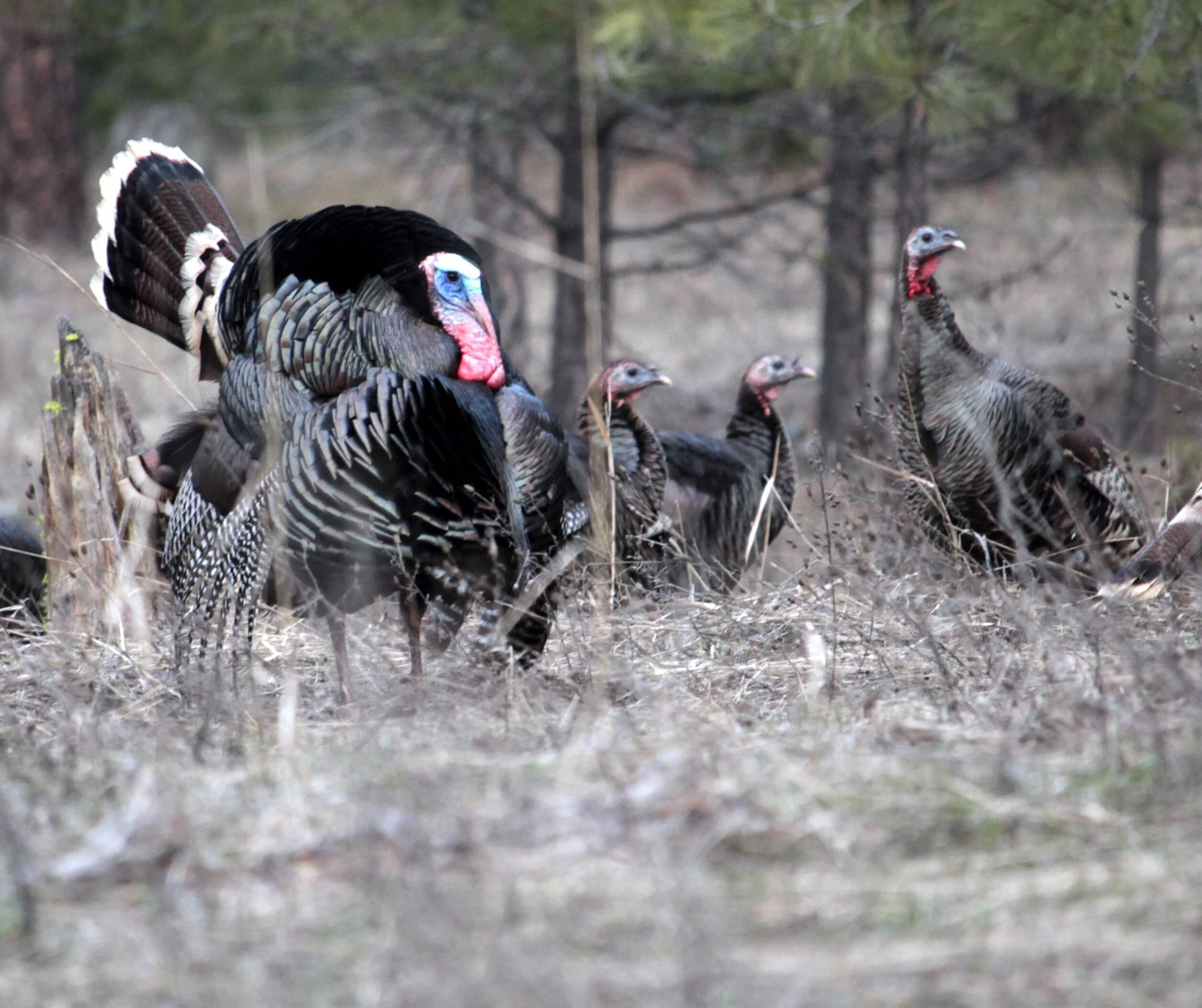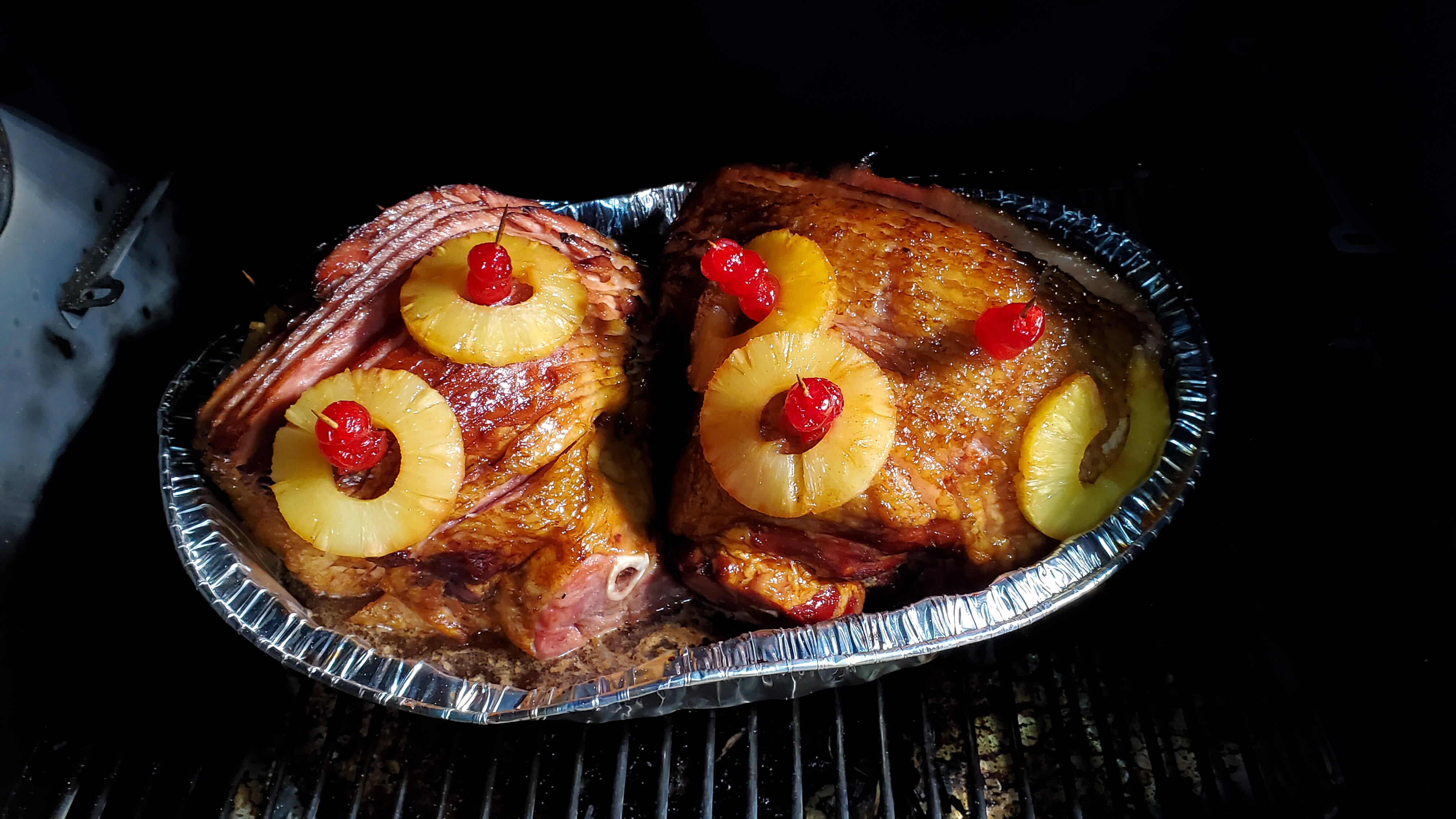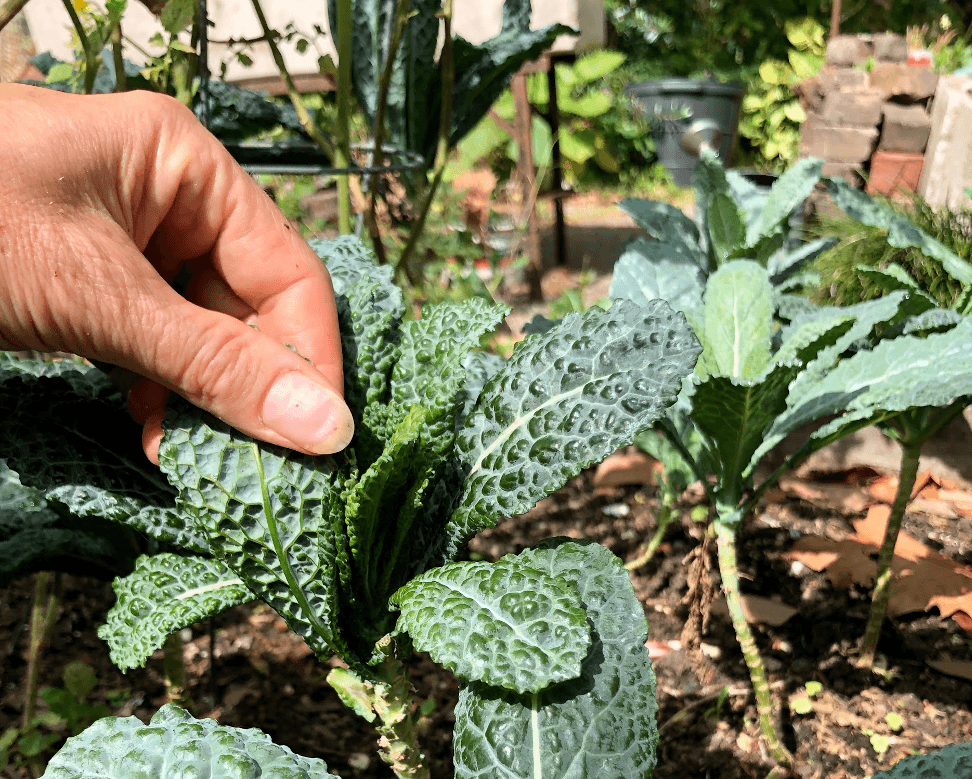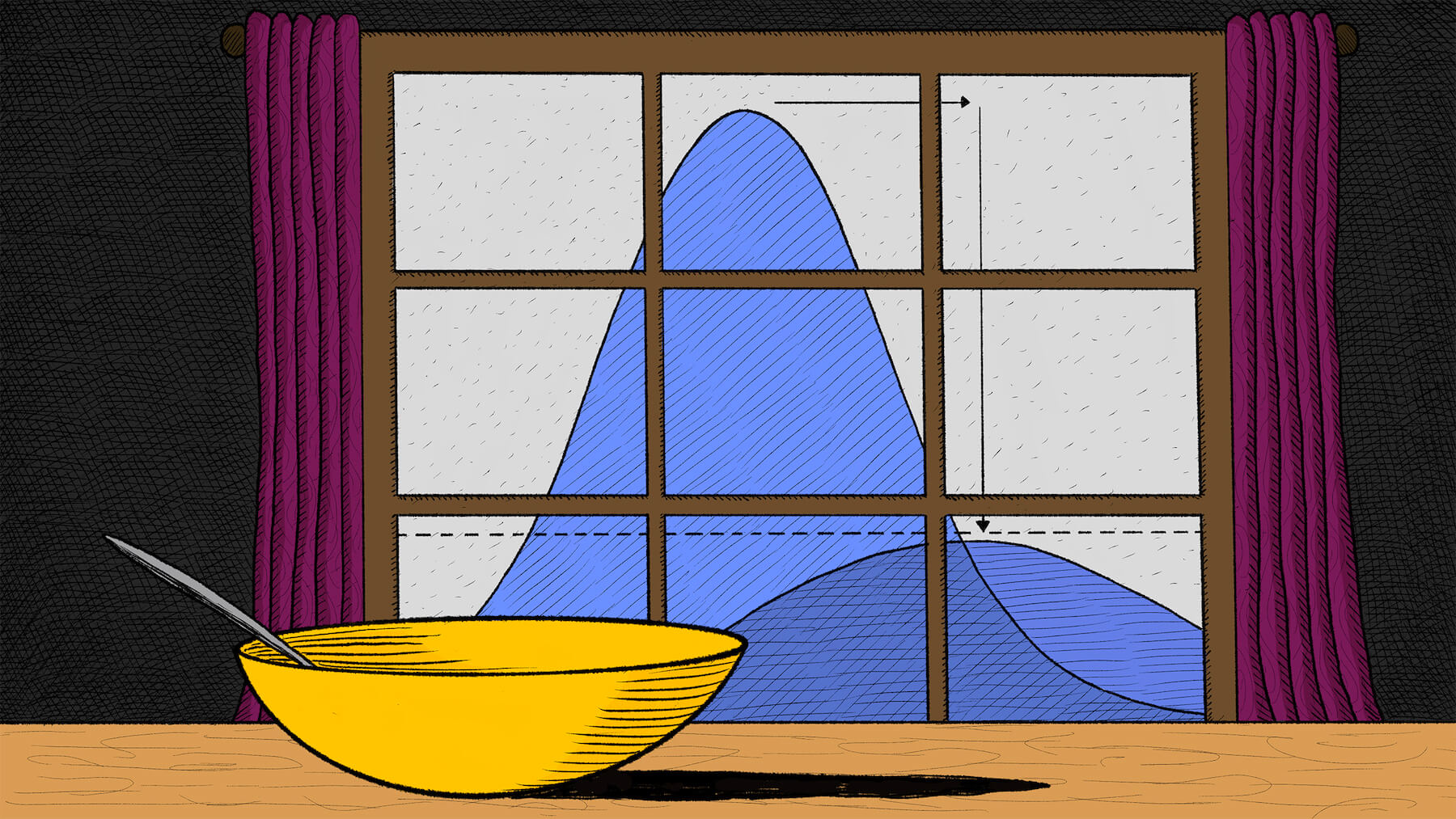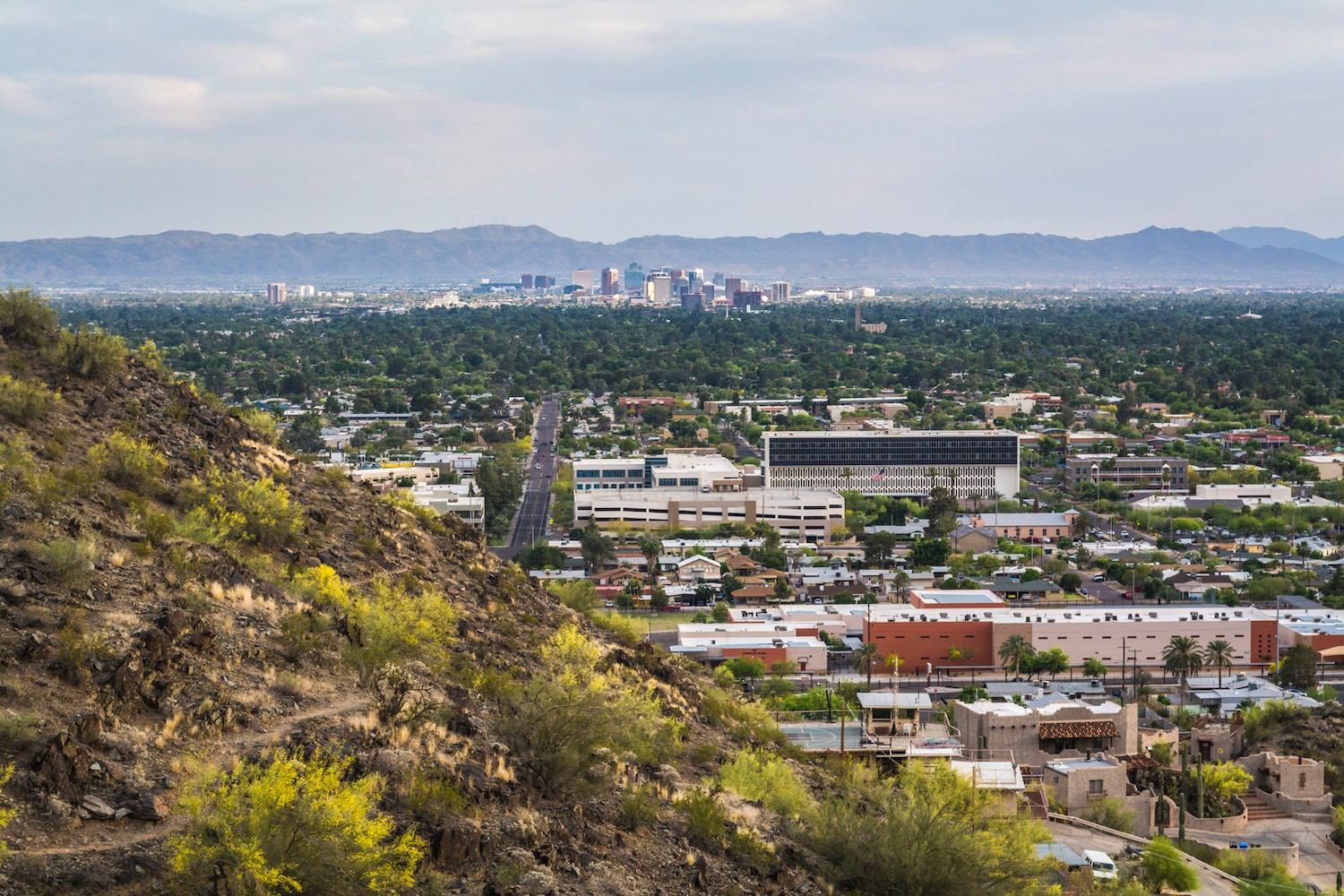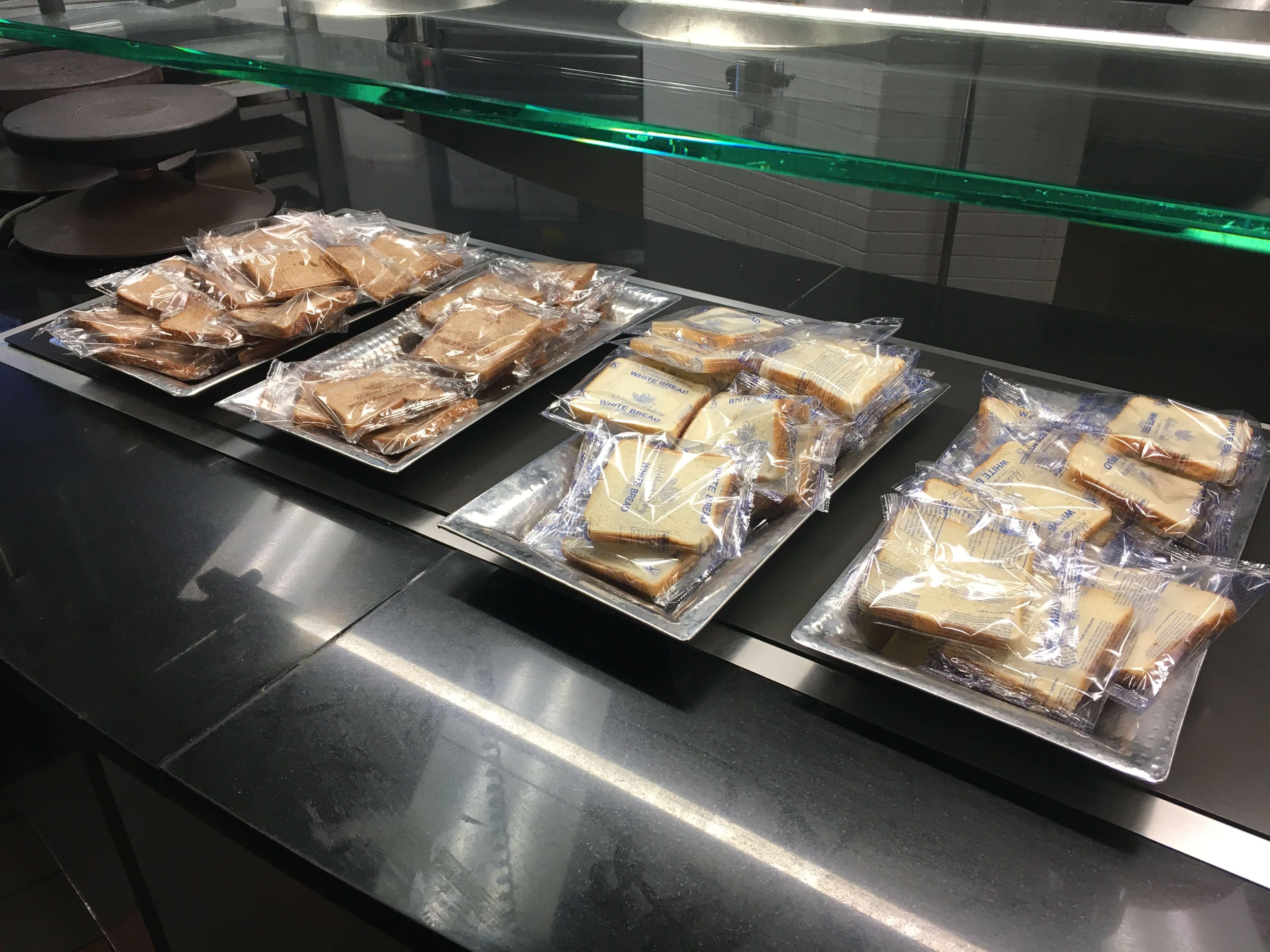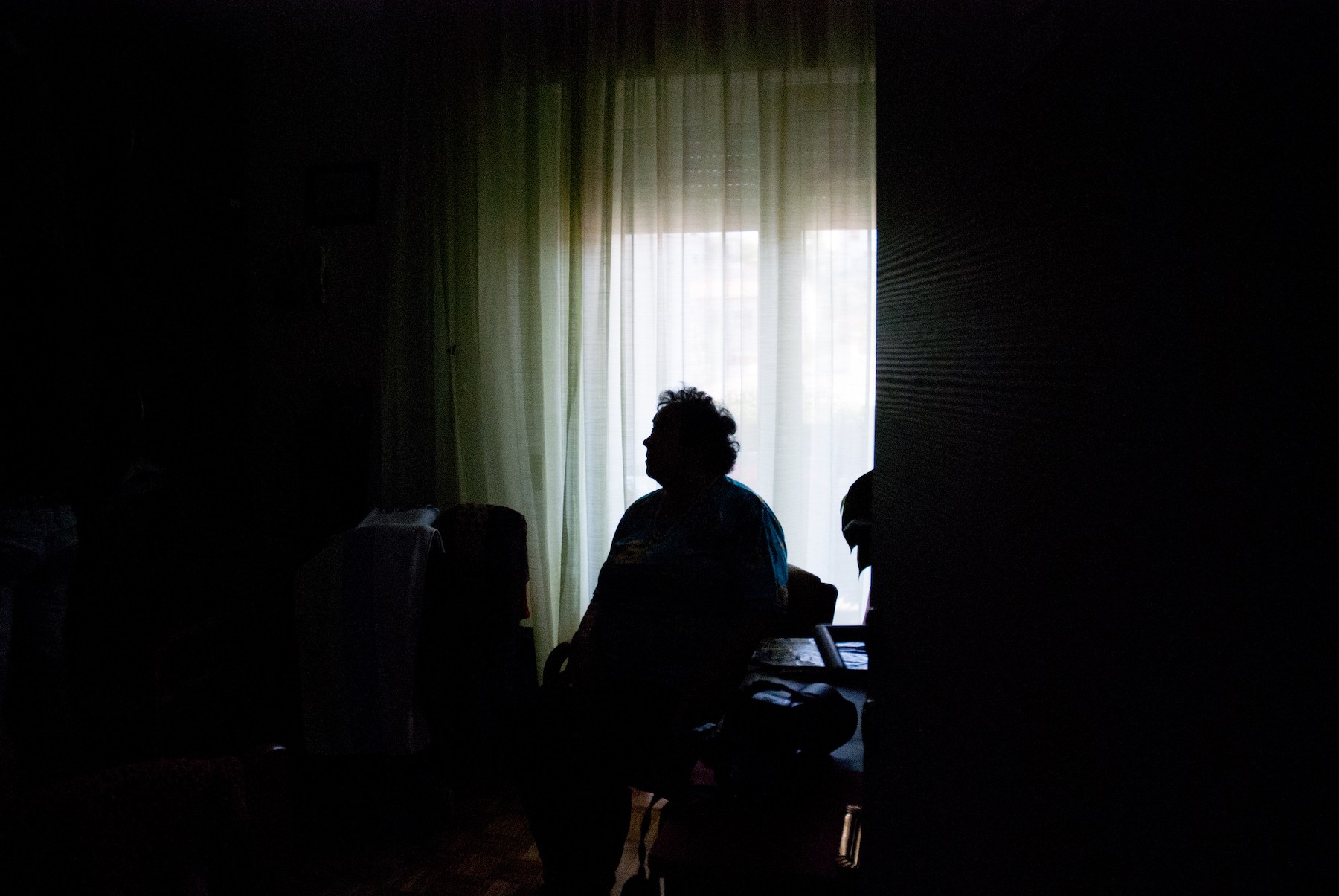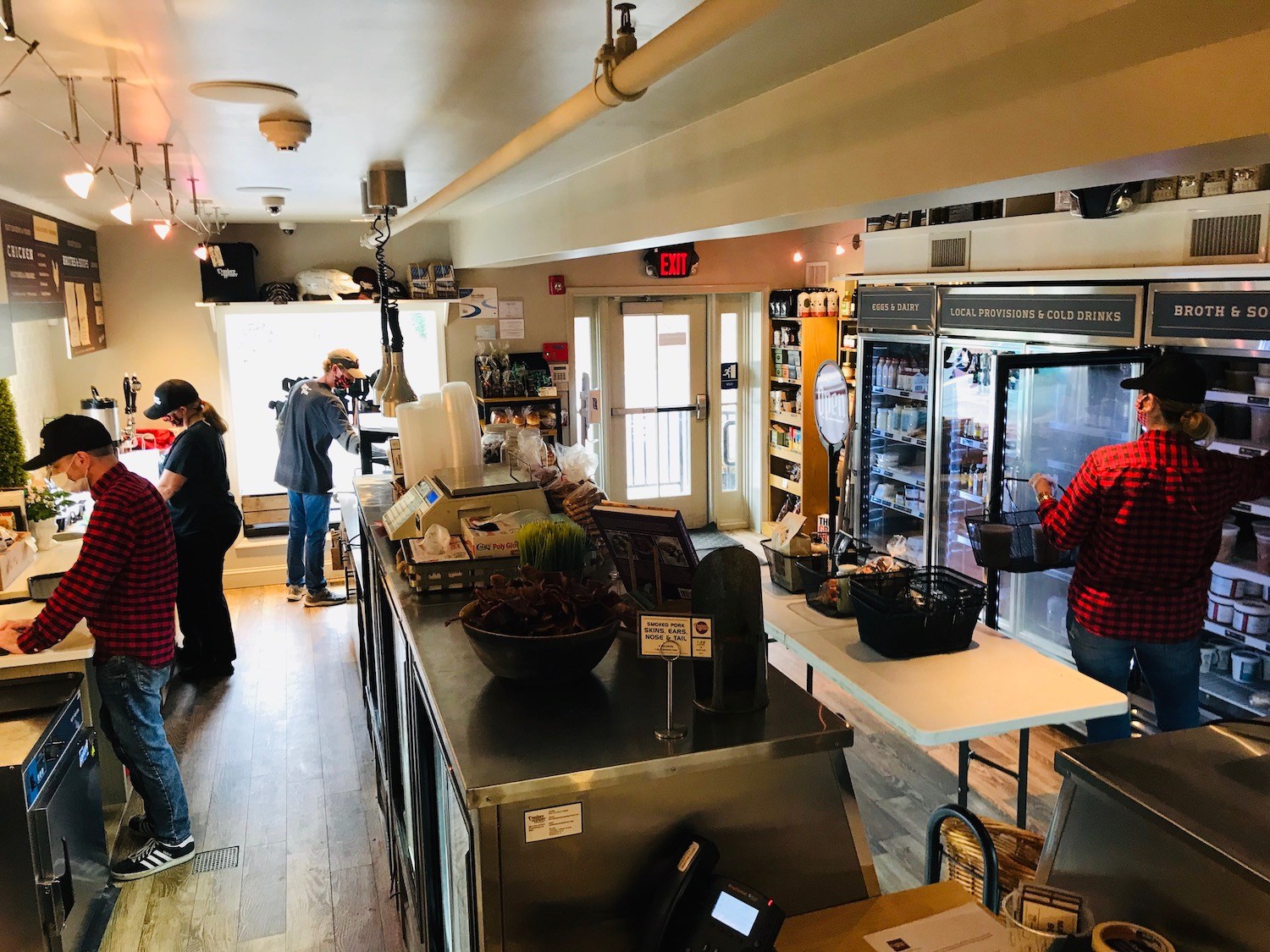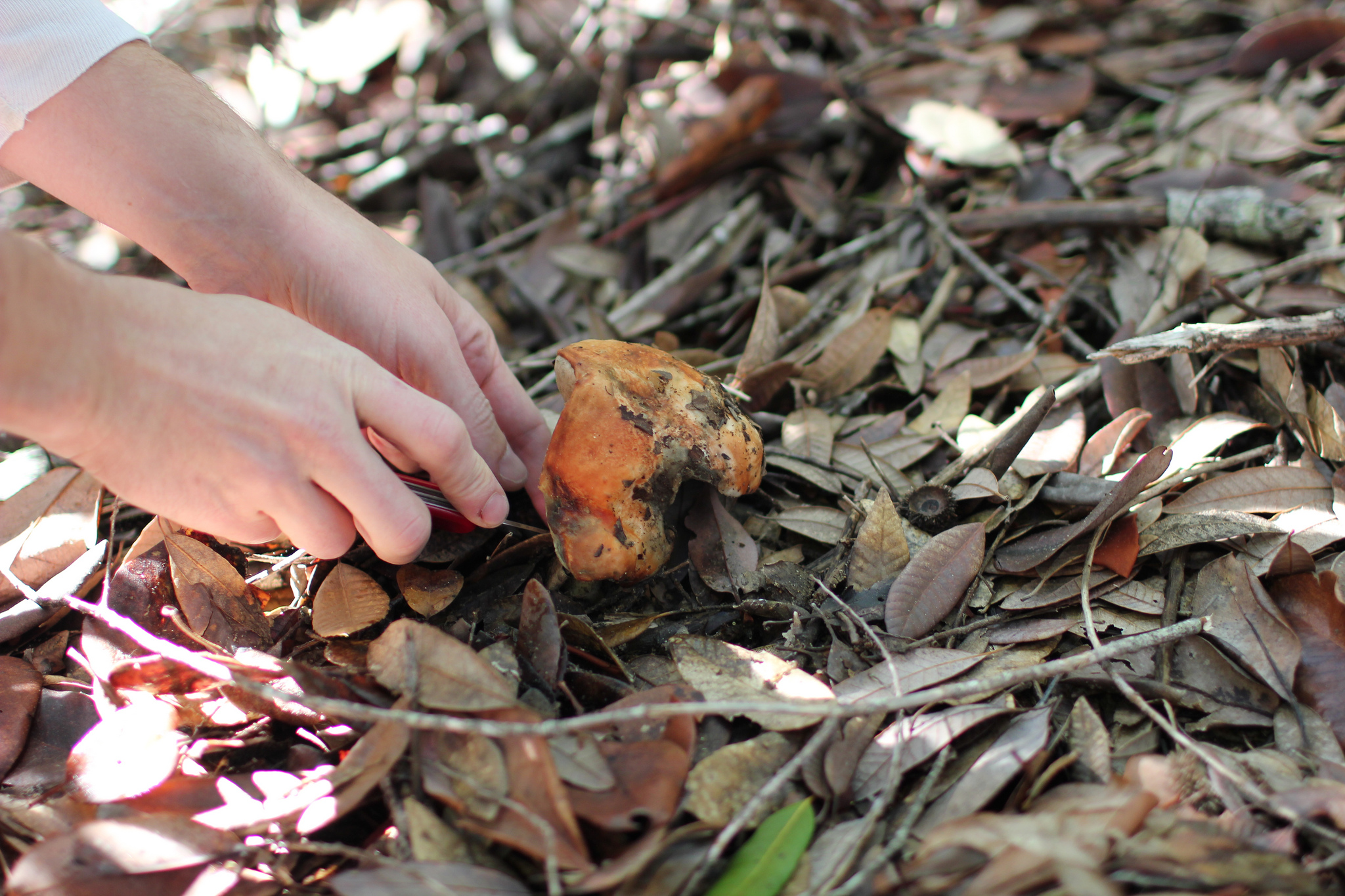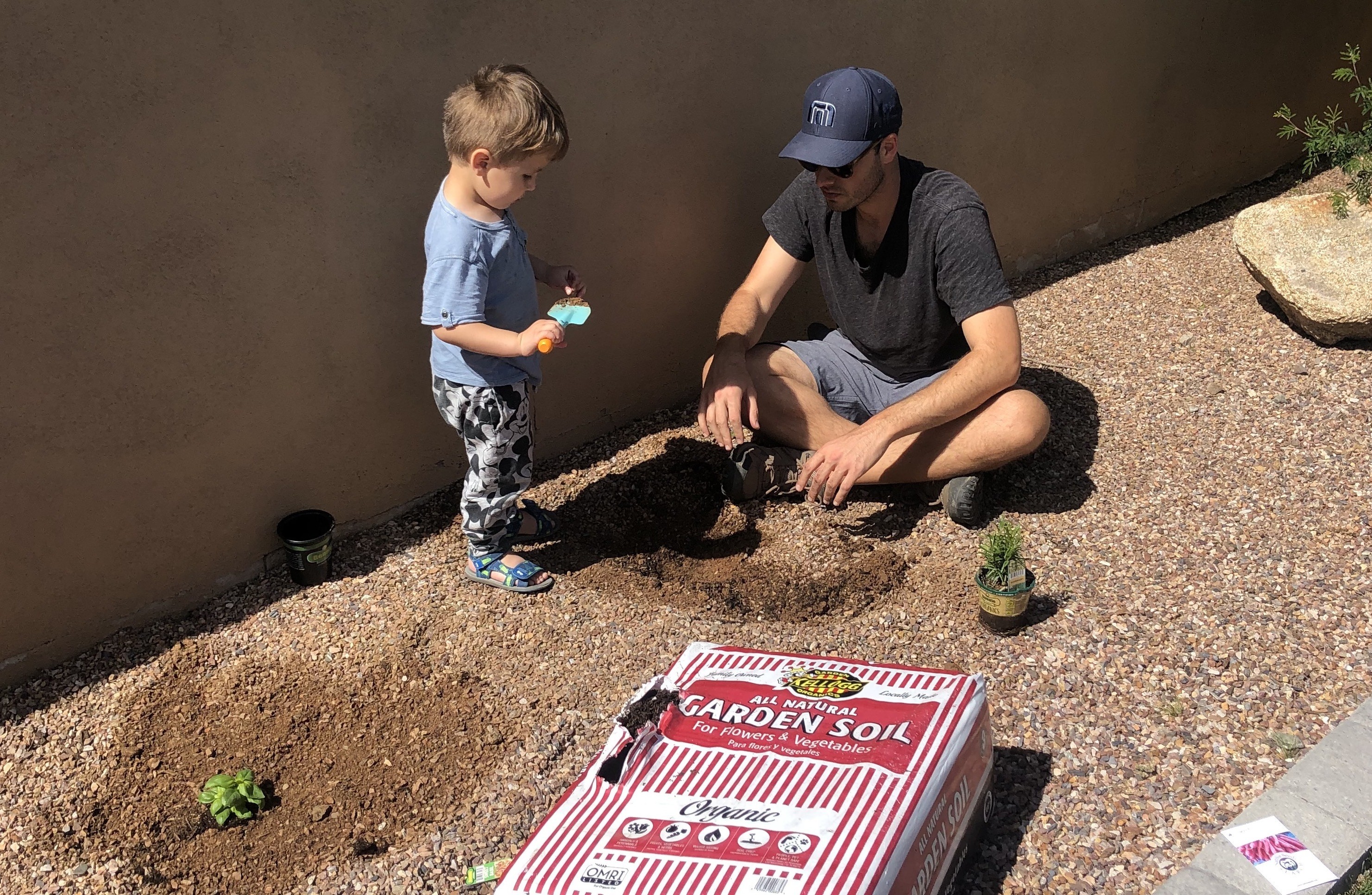
Chris Malloy
Though I’ve written about foraging and restaurants that do, I’ve never foraged regularly myself. Covid-19 changed that.
Did you know that bison bone marrow can be turned into creme brûlée? I know this because six weeks ago, in my role as food critic at Phoenix New Times, I spooned-cracked into some. It was my third course at Kai, a restaurant south of Phoenix that riffs with many of the Sonoran Desert’s more than 250 edible plants, creating dishes new to the world.
Memory of the opulent dish returns, now, when I leave quarantine with my wife for our daily runs through the desert.
Since the coronavirus era began, I look for wild food on these runs. It isn’t that my family needs to eat wild foods out of necessity, but that the modern food systems we rely on—long fractured—have broken. Bare shelves. Scarce eggs. Restaurant closures. Small farmers unable to sell crops. In response, I’ve shifted to a more ancient style of eating—to baking, to family recipes, to humble foods I learned to cook working on Italian farms, and to foraging.
Now I’m snacking on barrel cactus seeds, wolfberries in yogurt, baby nopales hot off the grill.
In March, the number of COVID-19 cases in the United States surpassed 100,000. In March, yellow fruit with coal-black seeds cluster atop barrel cactus, opening the Sonoran foraging season.
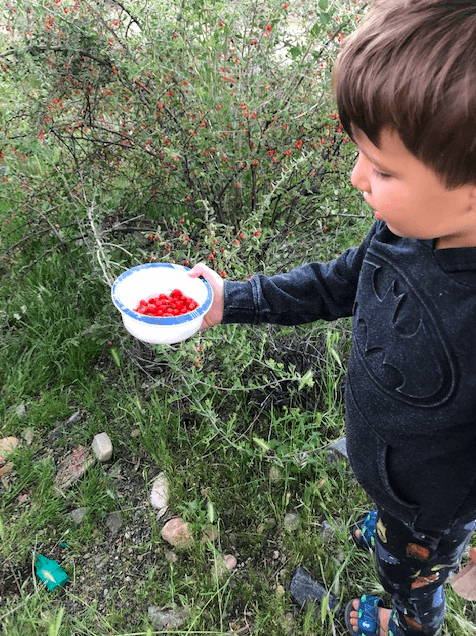
Chris Malloy
The author and his family pick wolfberries in the Sonoran Desert.
These days, I’ll pause a run to pick wolfberries, or at least note where they are for later. Foraging channels back to older ways of eating that feel primal, wholesome, and beyond our modern food system, now showing its severe limitations. It sparks a feeling of resiliency, maybe illusory, to cull even a small amount of food from the land. It also beats waiting in line at Target.
Looking for yellow fruit, for teardrop berries, I run with my wife down suburban roads and open tracts of our superblooming desert, now alive in the aftermath of heavy spring rains. We run with our two kids, 1 and 3, in a jogging stroller; I keep tongs, scissors, and a bucket in the bottom. Though I’ve written about foraging and restaurants that do it, I’ve never foraged regularly myself. But now I’m snacking on barrel cactus seeds, wolfberries in yogurt, baby nopales hot off the grill.
I hope the human world can recover before the saguaro fruit ripen in June. I hope we can heal before early summer’s mesquite harvest. I hope we can beat the corn roasts of early fall. And whenever we’re back, we shouldn’t shed the lessons this strange age has taught us about food, whatever those lessons may be.
During meals this year, my son has been asking where foods “grow”—carrots, strawberries, pasta, cookies. It wasn’t until quarantine that we walked down our block to harvest wolfberries below a traffic light and he saw. We’ve also planted carrot seeds. We’ve baked focaccia and simmered simple pasta sauces, as our known and unknown ancestors did with farmed and wild ingredients in Italy.
My son still won’t eat a wolfberry. But he’ll call them out on runs. And it’s then, looking for growths of food, that I often think back to how I ate before Coronavirus—to our cultural fervor for stylized restaurants, to that bone marrow creme brûlée.
It all feels a little ridiculous. Maybe it is.
